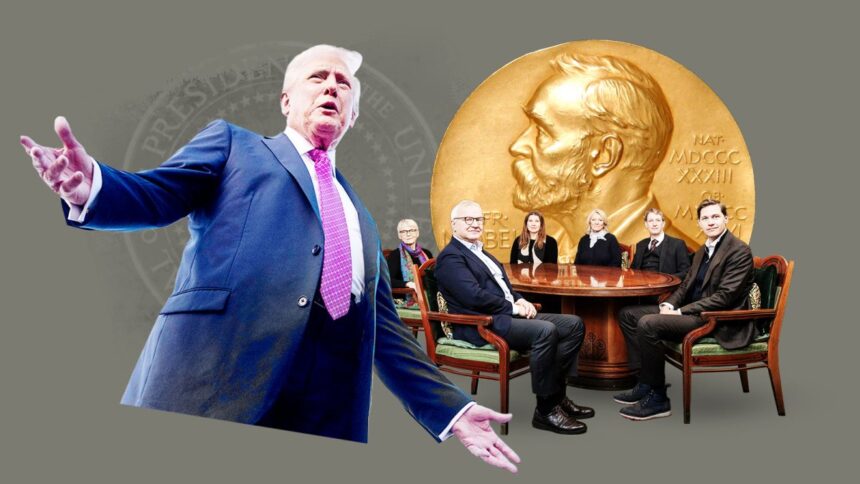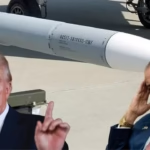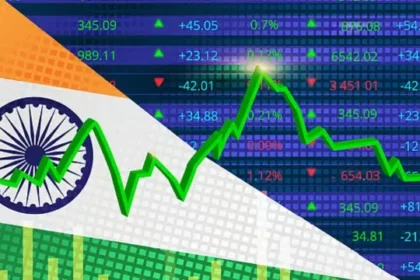Every October, the world watches as the Norwegian Nobel Committee, a panel of five judges, announces who wins the Nobel Peace Prize. Their decision carries immense symbolic, moral, and political weight. Because the Peace Prize often intersects with global conflicts, diplomacy, human rights, and controversial figures, questions about the committee’s composition, their backgrounds, and their decision-making processes gain added scrutiny—especially when high-profile names like Donald Trump are floated as potential laureates.
In 2025, with speculation swirling about Trump’s chances, media and analysts have zoomed in on the identities of those five committee members. In this article, we will:
-
Introduce the Nobel Peace Prize and the committee’s role
-
Present who the five judges are today
-
Examine their backgrounds, philosophies, and possible leanings
-
Discuss how the nomination and selection process works
-
Analyze how their makeup could influence a decision on Trump
-
Reflect on challenges, biases, and the weight of legacy
1. The Nobel Peace Prize and the Norwegian Nobel Committee
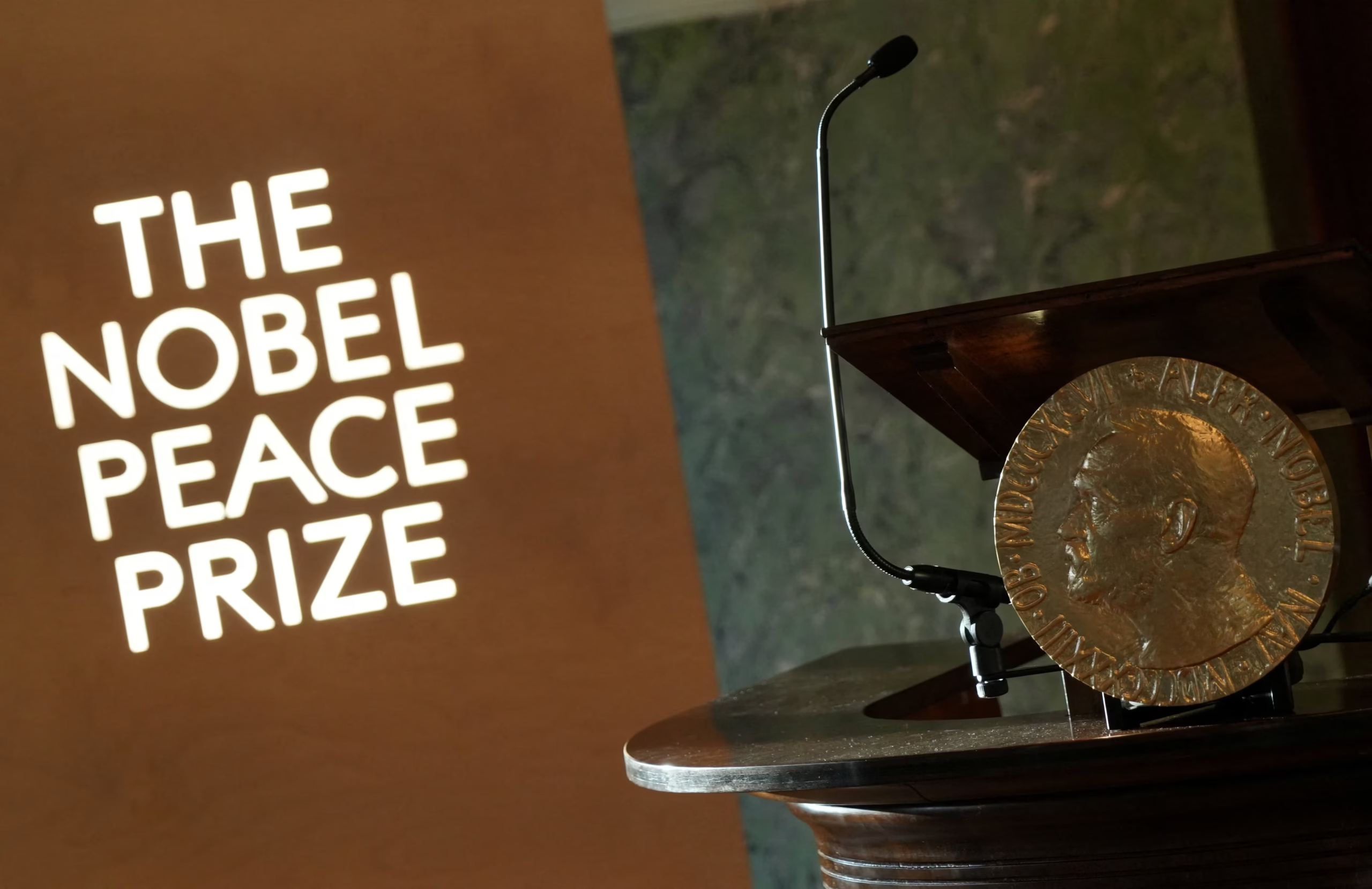
Alfred Nobel’s Will and the Committee
When Alfred Nobel died in 1896, he left a will that among other things stipulated that the Peace Prize should be awarded by a committee of five persons “to be elected by the Norwegian Storting” (i.e. the Norwegian Parliament). The clause reflects his wish that Norway (then in union with Sweden) handle the Peace Prize, while the other prizes would be handled in Sweden.
Thus, the Norwegian Nobel Committee is the body charged with selecting the Peace Prize laureates each year.
Structure, Terms, and Independence
-
The committee has five members, elected (or re-elected) for six-year terms by the Norwegian Parliament (Storting).
-
Members can be re-elected.
-
The committee elects its own Chair and Vice Chair from among its members.
-
The Director of the Norwegian Nobel Institute acts as the committee’s Secretary (i.e. working closely with them, handling administrative and research support).
-
In modern practice, the committee aims to reflect a balance of Norwegian political sensibilities and maintains a degree of independence, with rules in place to avoid sitting government or parliamentary members serving as judges.
Because of the mystique and moral authority the Prize carries, the identities, views, and past statements of committee members often become part of the conversation when controversial nominees are considered.
2. The 2025 Members of the Nobel Peace Prize Committee (the Five Judges)
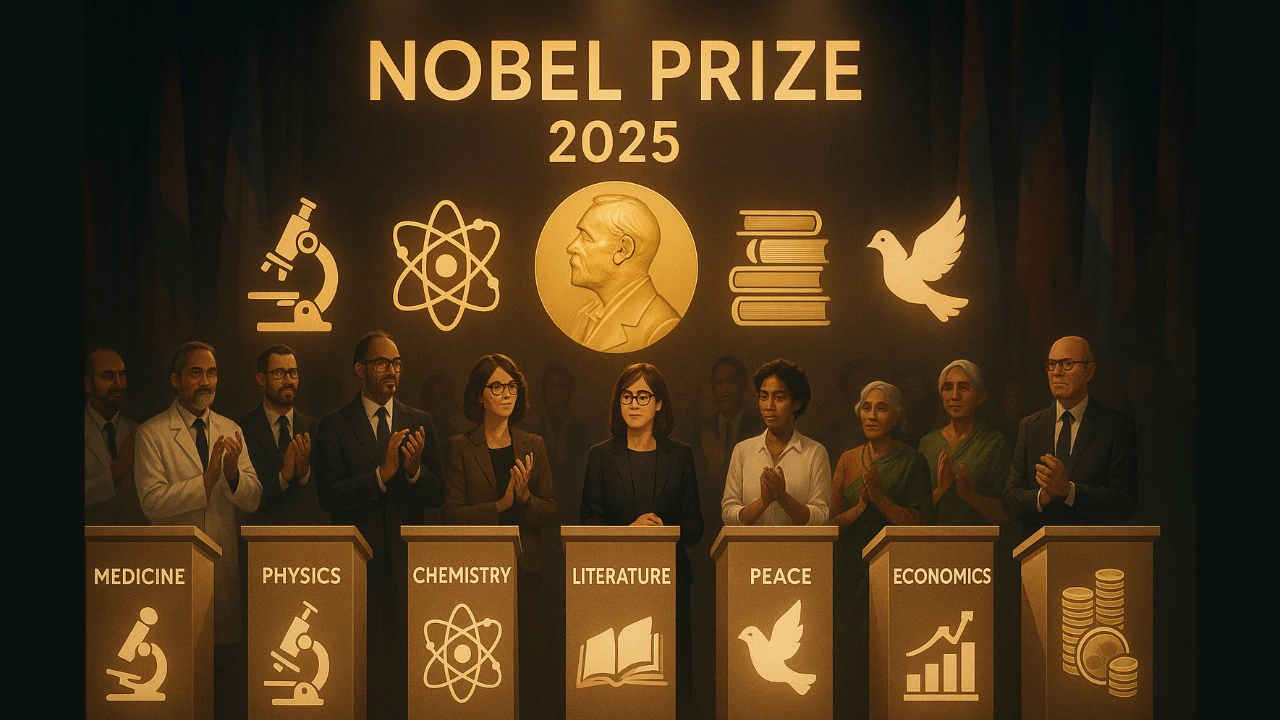
As of 2025, the five people on the Norwegian Nobel Committee are:
-
Jørgen Watne Frydnes – Chair
-
Asle Toje – Vice Chair
-
Anne Enger
-
Kristin Clemet
-
Gry Larsen
(Plus Kristian Berg Harpviken as Secretary, not a voting member)
Below is a profile of each, including what they bring to the table and how their perspectives might affect decision-making.
2.1 Jørgen Watne Frydnes (Chair)
-
Born: 1984
-
Member: Since 2021
-
Chair: Became Chair in 2024
-
Background & Interests:
Frydnes has been active in human rights, free expression, memory politics, and civic engagement.
He previously led PEN Norway, which is part of the international PEN network defending freedom of speech. -
He is known for rebuilding the island of Utøya (site of the 2011 Norway attacks) as part of public memory work.
-
Perspective & Relevance:
As Chair, Frydnes wields procedural influence—setting agendas, guiding deliberations, framing priorities. His human rights and expression interests may make him sensitive to candidates’ records on press freedom, democracy, and civil liberties.
He has publicly criticized erosion of freedom of expression in democracies, including naming Trump by implication in those critiques.
Thus, Frydnes could be among the more skeptical voices if candidates are perceived to conflict with those norms.
2.2 Asle Toje (Vice Chair)
-
Born: 1975
-
Member: Since 2018; reappointed for 2024-2029 term
-
Role: Vice Chair, meaning he assists in guiding deliberation and stepping in when needed.
-
Background & Interests:
Toje is a known foreign policy scholar and commentator, with interest in international relations, security, and geopolitical issues. -
Perspective & Relevance:
His expertise in foreign affairs may mean that he gives weight to a candidate’s tangible contributions to diplomacy or conflict resolution. A candidate’s strategic role in peace processes could resonate with him.
2.3 Anne Enger
-
Born: 1949
-
Member: Since 2018, reappointed for 2021–2026 term
-
Background & Interests:
Enger is a politician by background (Centre Party), former Minister of Culture, and has held various public service and governance roles. -
Perspective & Relevance:
Her experience in governance, culture, and public policy may make her attentive to candidates whose work is not just idealistic but institutionally grounded, sustainable, and broadly social. She may balance idealism with pragmatism.
2.4 Kristin Clemet
-
Born: 1957
-
Member: Appointed for 2021–2026 term
-
Background & Interests:
Clemet is a former cabinet minister and policy maker, known for her engagement in education, labor, and public administration. -
Perspective & Relevance:
Her policy experience often emphasizes design of systems, governance, and reforms; she may favour nominees whose peace work is institutional, structural, and systemic, not purely symbolic.
2.5 Gry Larsen
-
Born: 1975
-
Member: Appointed 2024-2029 term
-
Background & Interests:
Larsen has roots in politics (earlier center-left affiliations) and public service. She has publicly made critical remarks about political actors in the past, including on issues of human rights. -
Perspective & Relevance:
Her past critical commentary of Trump suggests she is unlikely predisposed to support a candidate whose record she finds objectionable.
3. How the Nobel Peace Prize Selection & Nomination Process Works
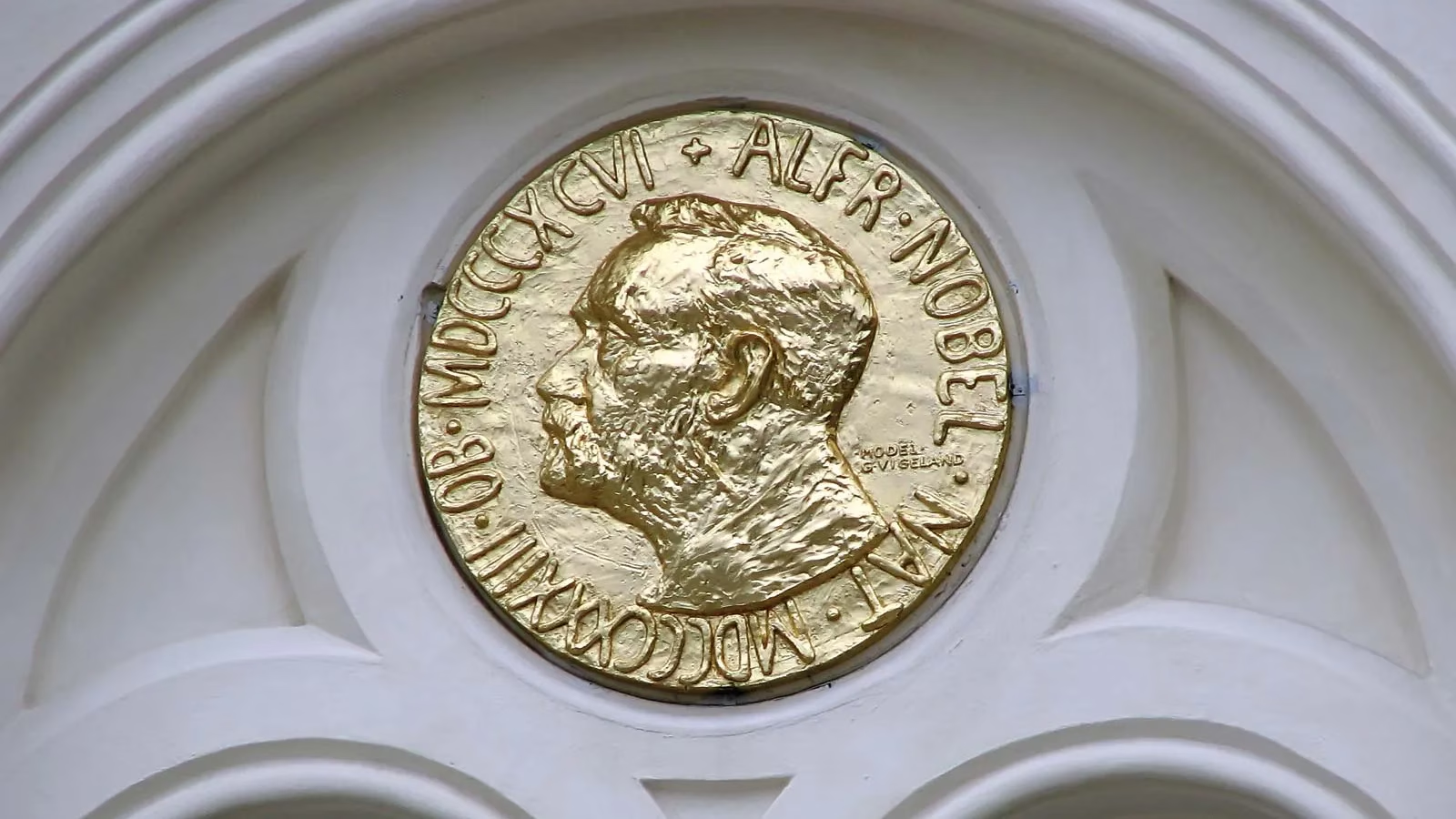
Understanding how the committee operates helps clarify what leeway the judges have and how their personal inclinations may (or may not) matter.
Eligible Nominators & Secrecy
-
Nominations for the Peace Prize can only be submitted by a restricted set of people: members of national assemblies/governments, university professors in certain fields (peace/research, law, politics), past laureates, directors of peace research institutes, etc.
-
The deadline for nominations is typically January 31 each year.
-
The names of nominators and nominees are kept secret for 50 years — neither the public nor the committee discloses who nominated whom.
Thus, while some politicians or media outlets may claim they nominated someone (like Trump), the committee does not officially confirm or deny those assertions in public.
Review, Evaluation & Deliberation
Once nominations close, the committee’s secretariat (the Nobel Institute) does heavy work: compiling dossiers, soliciting expert opinions, reviewing candidate accomplishments, assessing alignment with Nobel’s will (peace, fraternity among nations, disarmament, peace congresses) and potential controversies. The committee members then deliberate. Over multiple rounds or meetings, the field is narrowed. They debate merits, compare records, examine potential risks, and ultimately vote. Because the discussions are confidential (for 50 years), the reasoning is rarely fully revealed until long afterward.
Final Vote & Announcement
After deliberations, the committee votes to select a laureate (or laureates / organizations). The decision typically requires a majority (or some predefined threshold). After that, the Chair announces the winner publicly in October, followed by a formal ceremony in Oslo in December.
4. How the Composition of the Committee May Matter—Especially for Trump
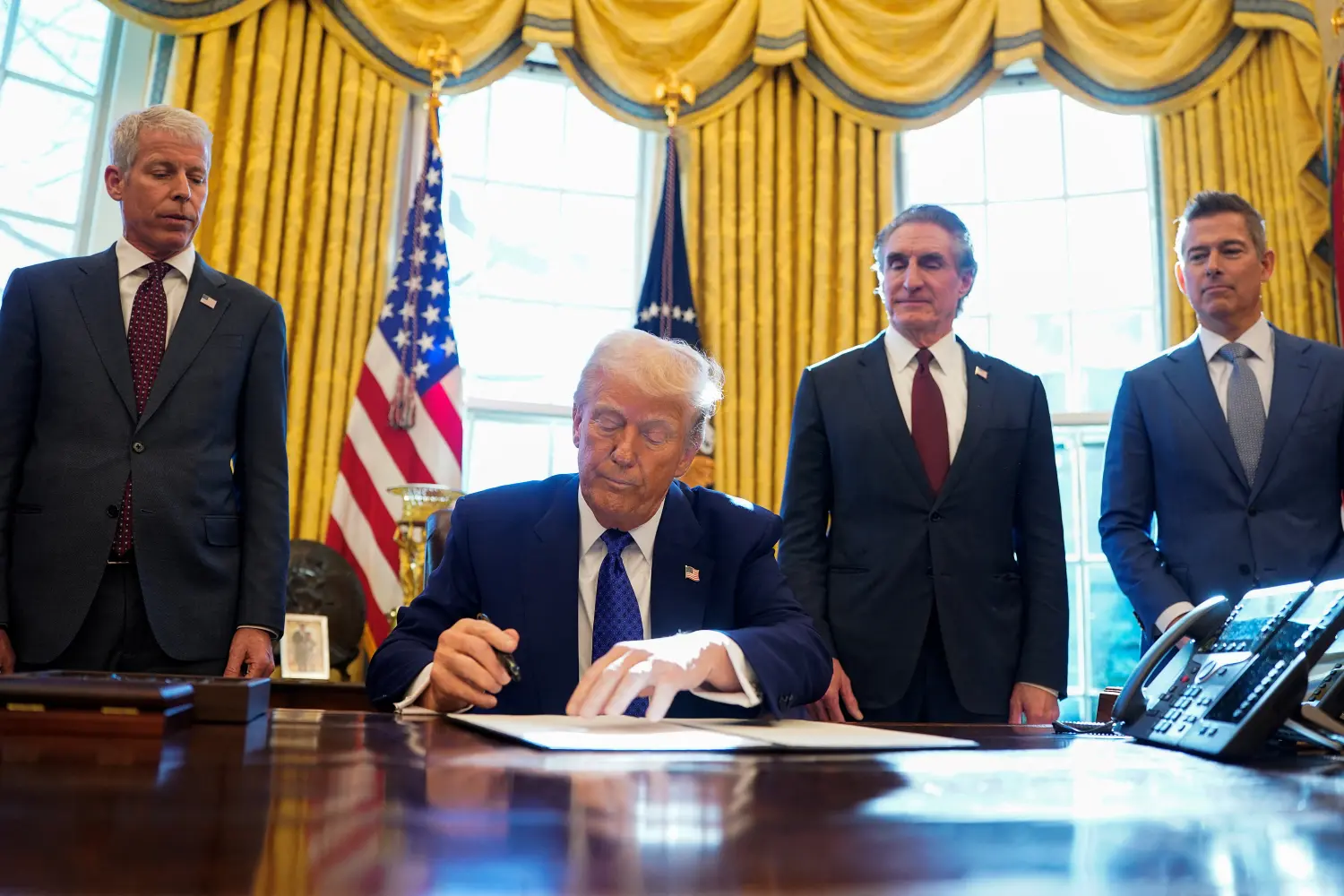
Given the high-profile nature of Donald Trump, many observers have questioned whether these particular judges are predisposed for or against him.
Public Statements & Potential Biases
-
At least three of the five committee members have publicly criticized Trump in past years. That includes Frydnes (Chair), who has decried erosion of free speech and named Trump among problem actors.
-
Gry Larsen famously once posted wearing a “Make Human Rights Great Again” hat before the 2020 election and criticized Trump’s policies.
-
The Washington Post noted that these members’ prior statements make Trump’s path more difficult
These prior remarks do not automatically disqualify someone from voting for a candidate, but they do suggest that the committee is likely to weigh democratic norms, media freedom, human rights records, and criticisms heavily in its assessment.
Institutional Checks & Norms
-
The committee has a tradition of striving for neutrality, thoroughness, and being anchored in Nobel’s original principles. Personal biases may exist, but committee norms, peer accountability, and the secrecy of deliberations buffer against overt partiality.
-
Because nominations and debates are kept secret, it is harder for external pressures or popularity to sway decisions. The judges have room to resist public lobbying.
-
The spread of perspectives (political, intellectual, governance) is designed to create balance. No single judge can dominate.
How Their Perspectives Translate to Trump’s Case
Given Trump’s contentious record, the committee will likely scrutinize:
-
Whether his claimed peace initiatives are credible, sustained, and reversible
-
His record on free expression, media freedom, and civil liberties
-
His contribution to international diplomacy (versus unilateral or controversial policies)
-
Whether awarding him would damage the prestige or consistency of the Prize
Given the backgrounds of Frydnes, Larsen, Clemet, Enger, and Toje, one might expect that any candidate who is controversial or polarizing must present a near-unassailable case to win their majority support.
5. Hypotheses & Scenarios: If Trump Were Seriously Considered
While many analysts view Trump’s path to Nobel success as unlikely, it is worth imagining how these five judges might interact with that possibility.
Scenario A: The “Major Peace Breakthrough” Case
If Trump presided over a dramatic, irreversible peace settlement (for example between major adversaries), with credible mediation, lasting enforcement mechanisms, and cross-party backing — that could compel even skeptics to support him. In this scenario:
-
Toje might focus on diplomatic significance
-
Enger and Clemet may examine institutional solidity
-
Frydnes and Larsen would scrutinize the human rights, expression, and legality aspects
If he clears all those hurdles, the committee might rally behind a bold decision, despite reservations.
Scenario B: Symbolic Gesture or Contested Claims
If Trump’s claimed peace contributions are contested, delayed, or reversible (e.g., ceasefires that collapse, deals without guarantees), many judges might balk. Past criticisms of his rhetoric, adversarial style, and record would amplify doubts.
Scenario C: Rejection on Principle
The committee could simply conclude that awarding someone with a divisive track record would risk undermining the integrity of the Prize. They might view the potential backlash as too high, and thus reject even a strong nomination for symbolic or reputational reasons.
In that case, the judges’ prior critical positions toward Trump may make them especially cautious to avoid awarding him unless the evidence is overwhelming.
6. Challenges, Criticisms & the Weight of Legacy
Secrecy vs. Accountability
The 50-year secrecy rule means that the public often speculates about internal reasons—some rightly, some not. The lack of transparency means that committee decisions are scrutinized through external signals (press statements, former records). This places additional pressure on judges to maintain discretion and professionalism.
Political Pressure and Lobbying
Despite formal insulation, award decisions are inevitably subject to external lobbying: nominees, governments, interest groups, media campaigns. Especially with a figure like Trump, who actively seeks the Prize, pressures (subtle or overt) are greater.
Balancing Idealism and Realpolitik
The Nobel Peace Prize is not just a moral award—it is a political one. The judges must balance aspirational goals (peace, nonviolence) with real-world achievements, context, and feasibility. That tension is especially acute with polarizing figures.
Legacy and Reputation Risk
Awarding the Prize to a controversial figure carries reputational risk—for the committee, the laureate, and the Prize itself. Judges must weigh not only the candidate’s record but also how future historians will view their decisions.
Who Are the 5 Judges in 2025
According to the official Nobel site, the current members of the Norwegian Nobel Committee are:
-
Jørgen Watne Frydnes (Chair)
-
Asle Toje (Vice Chair)
-
Anne Enger
-
Kristin Clemet
-
Gry Larsen
Additionally, there is a Secretary (non-voting, administrative) who works with them, currently Kristian Berg Harpviken.
How They Decide & Constraints
-
The committee has five votes, and the decision is made internally through deliberation and voting.
-
Nominations are submitted (by certain eligible individuals) by the deadline (usually end of January).
-
The committee works with the Nobel Institute’s Secretariat for research, vetting, expert opinion, and internal preparation.
-
The identities of nominators and detailed internal deliberations remain secret for 50 years.

